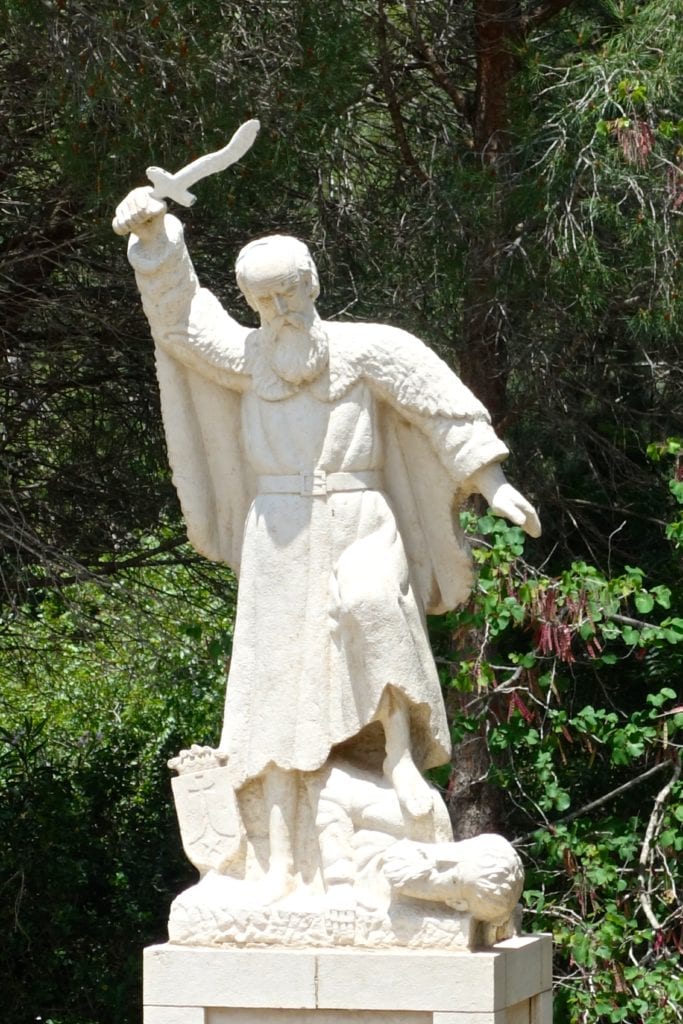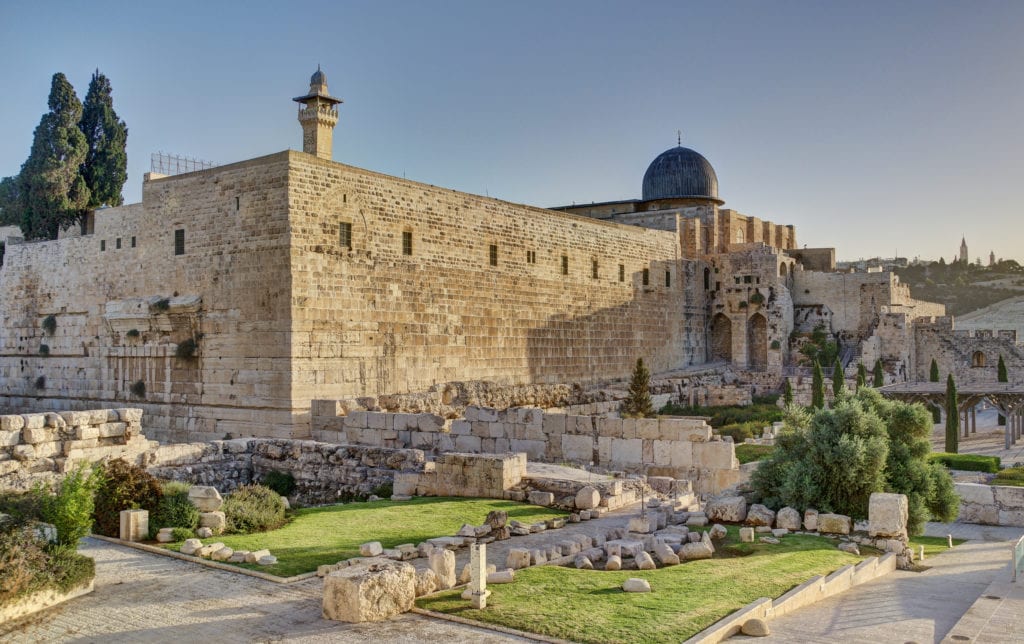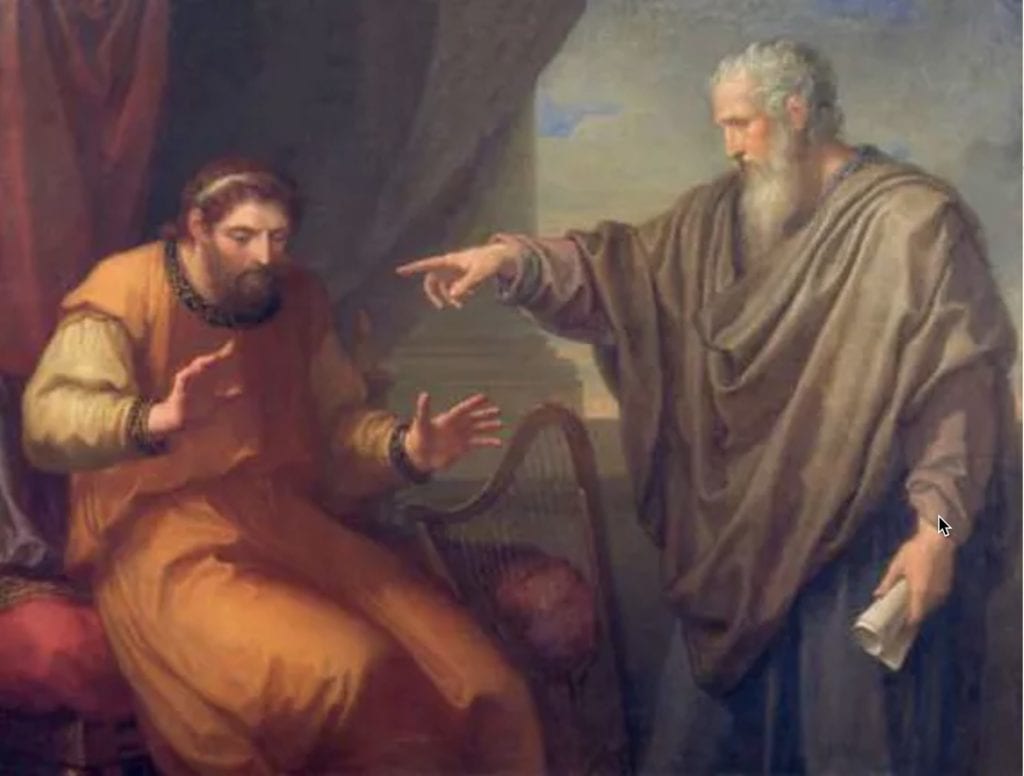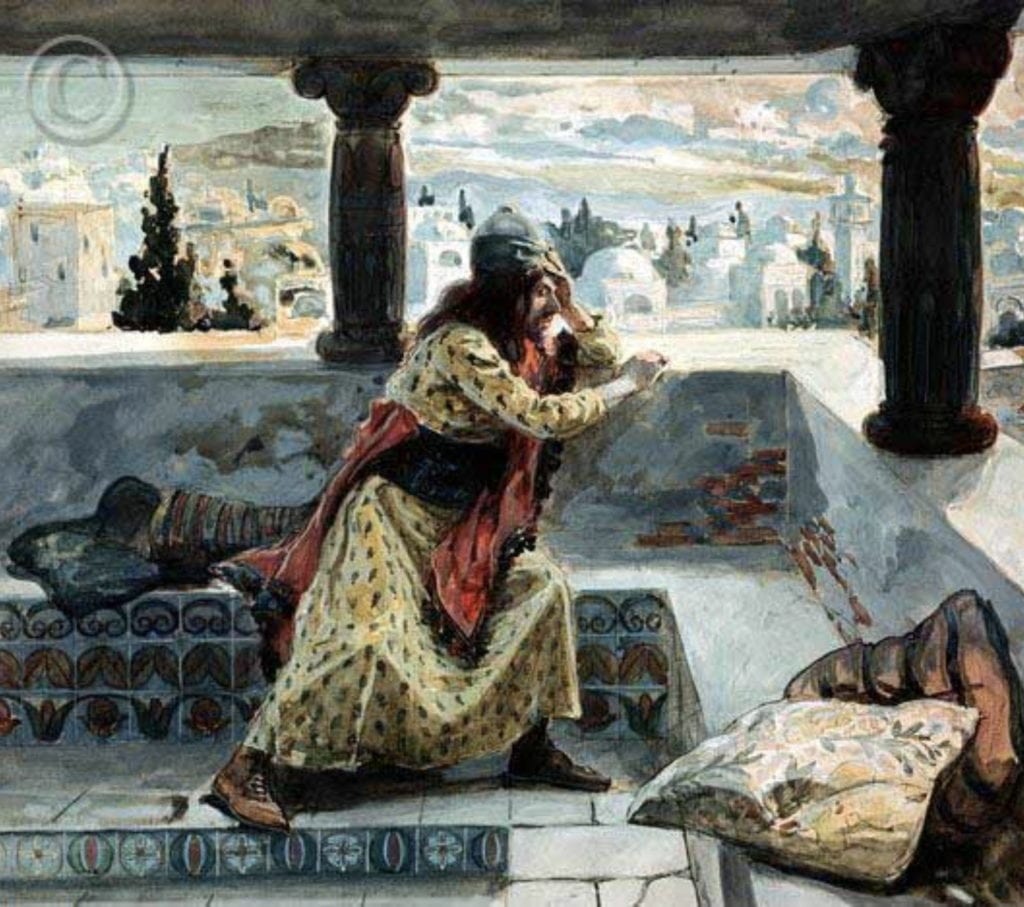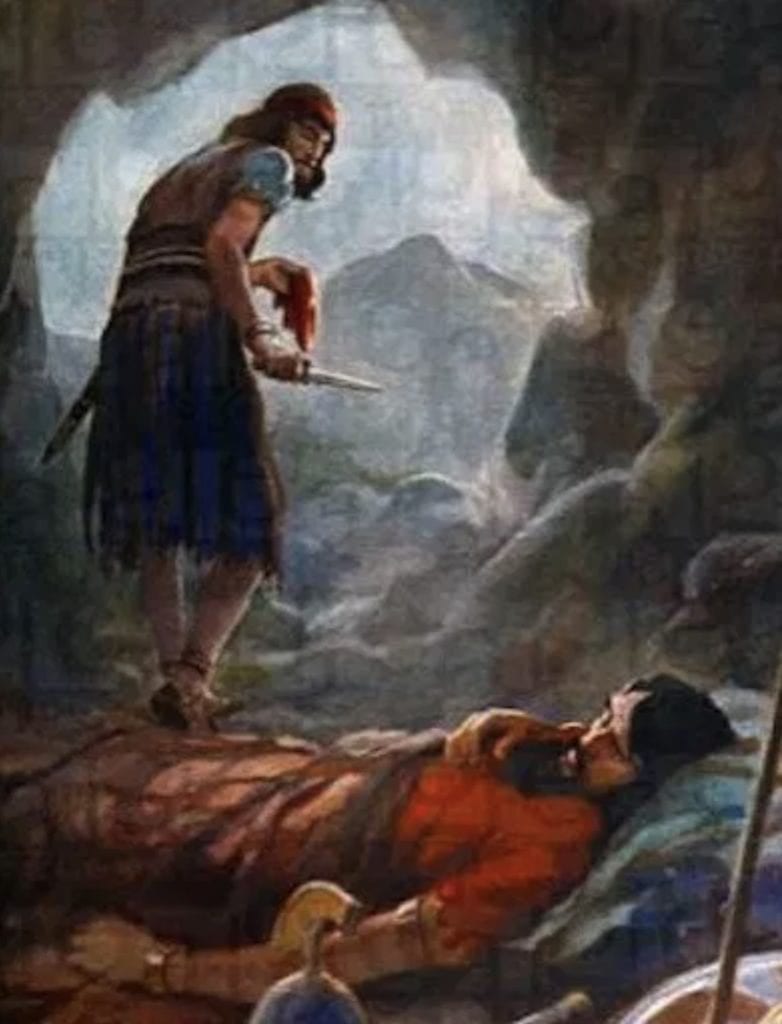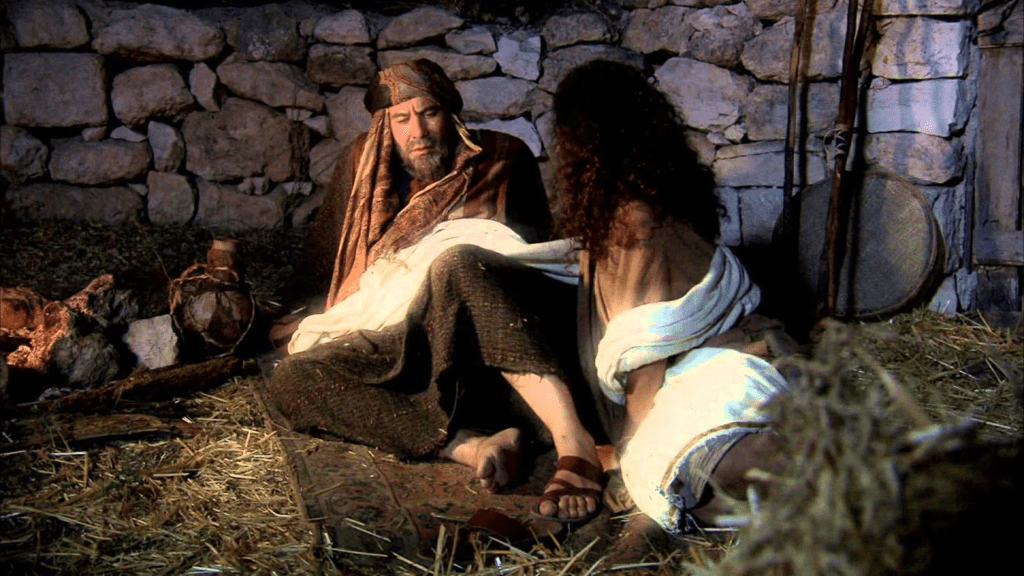
An Old Testament KnoWhy relating to the reading assignment for Gospel Doctrine Lesson 29: “He Took Up … the Mantle of Elijah” (2 Kings 2:5-6) (JBOTL29B)
Question: Elisha’s request of Naaman to immerse himself seven times in the Jordan River in order to be healed and his “stretching himself” upon a child to raise him from the dead seem highly unusual. Was there any special meaning to Elisha’s actions?
Summary:Like some other Old Testament prophets, Elisha’s invocation of God’s power as he taught and blessed his people was accompanied by actions that symbolized sacred realities. As with modern priesthood ordinances, the physical actions themselves do not bring about the resultant blessings. However, such sacred actions, when required by the Lord, invite participants to reflect about resonances of those actions that extend beyond immediate circumstances and teach eternal principles. Symbolic actions that parallel Elisha’s miracles has at times accompanied healing both anciently and today.
The full article may be found at the Interpreter Foundation website: KnoWhy OTL29B — What Is the Significance of the Unusual Symbolism in Elisha’s Healings?
